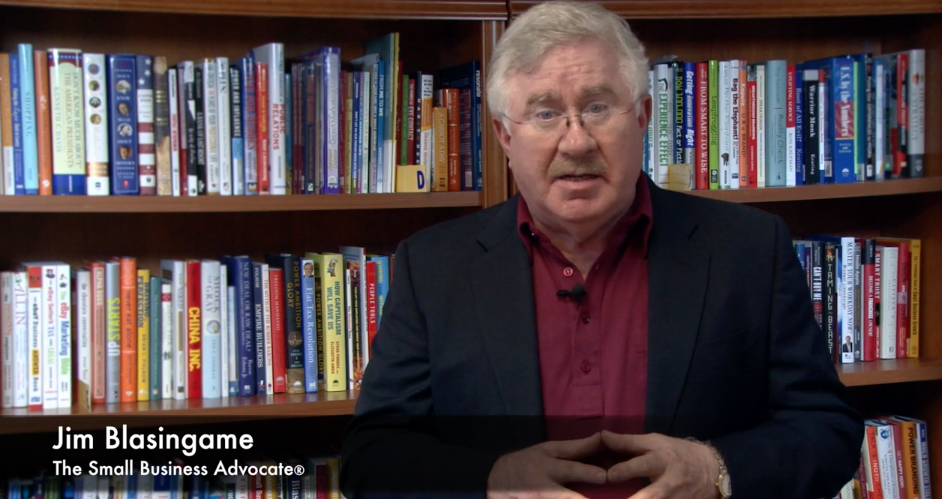What would you pay for a small business silver bullet to win the fight with Big Boxes and online competitors?
Before you get overwrought about how you would come up with the cash for something so valuable, here’s good news: It’s free and you already possess it.
There are several versions of this silver bullet, each to be used at an appropriate time and engagement, but here’s the default version and the most important one: “Thank you.” I promise, if your customers never leave behind their hard-earned cash without hearing a heartfelt, “Thank you,” your business would become a competitive force to be reckoned with.
Here’s an expanded version: “Thank you for your business.” Long after this sentiment enters the ears of customers, when they’re considering the next purchase of what you sell, they will remember that you looked them in the eye and lodged these words in their heart: “Thank you for your business.”
Here’s one more, in response to a request or when a customer thanks you first: “It’s my pleasure.” And if you really want to pull off the silver bullet hat trick, say, “Thank you. It’s our pleasure to serve you. We really appreciate your business.”
Saying thank you – and making customers believe it – forges what I call the “Customer Goodwill Alloy.” Just as steel is created when you forge iron with other elements, customer goodwill is created when values, commitment and engagement are forged in the crucible of training, practice and execution, causing your employees to say “Thank you.”
We all know what happens when steel is left exposed and unmaintained: Corrosion causes it to revert to its base elements as rust. But do you know what happens when the “Customer Goodwill Alloy” is left unmaintained and exposed to the elements? It sounds like this, “No problem.” Or, “Here you go.” Or, “Have a good one.” Or even worse – nothing! Not even eye contact!
If you want to compete in The Age of the Customer, you can’t allow your business to revert to customer service rust. More than a means to an end, it must become a way of life to forge and maintain the “Customer Goodwill Alloy” every hour of every day of every year.
If your door is open, if your phone is ringing, if your website is working, customers must know how important they are to you. Otherwise, save yourself a lot of money and anguish and close up your business now. The Big Boxes have beaten you.
Paraphrasing Paul Simon so customers don’t leave you, there must be 50 ways to express your delight in serving a customer instead of “No problem.” Use them! Words matter!
Write this on a rock …“No problem” is a big problem that can be solved by simply saying “Thank you.”














